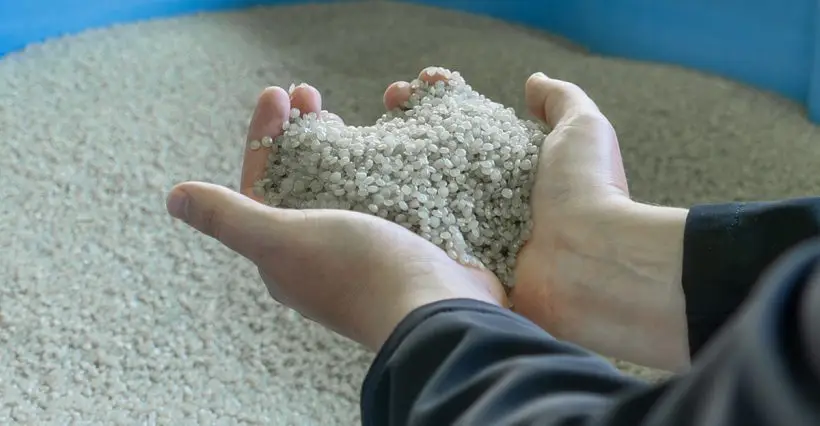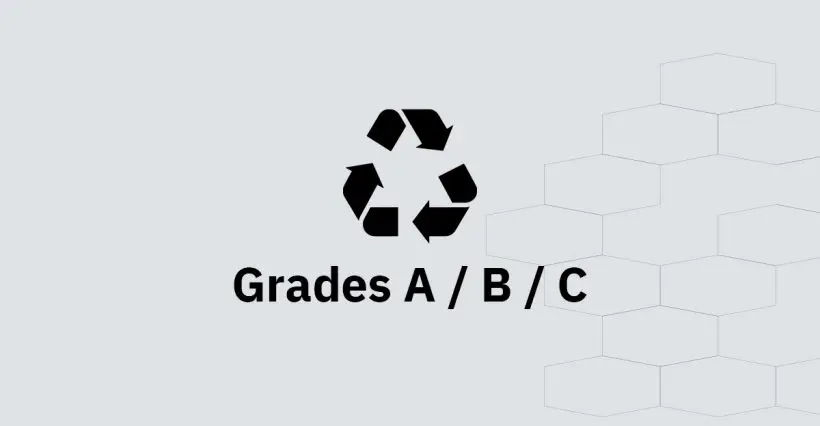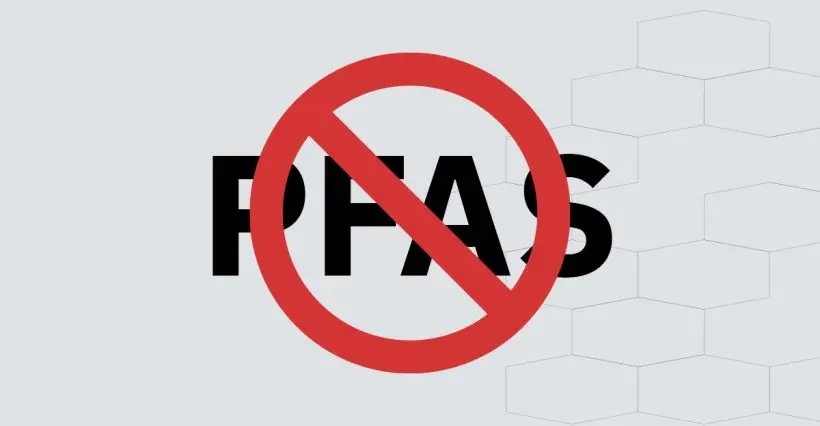Plastic behaves differently when heated: some types soften, while others become liquid. How this process occurs depends on the type of plastic. This is because plastics have different properties and melting points, just as steel has different alloys and melting temperatures.
Take a kettle, for example: it is often made of polypropylene (PP), a plastic with a melting temperature of 160°C. As water boils at 100°C, a polypropylene kettle remains safely intact. The material only starts to melt at temperatures around 130°C. This makes PP ideal for products that need to be heat-resistant.
Melting points of different plastics
Polyethylene (LDPE & HDPE)
Polyethylene (PE) is a soft polymer and comes in two main types:
- LDPE (low density polyethylene): melts at about 105°C.
- HDPE (high density polyethylene): melts at about 125°C.
Polyethylene is often used to make packaging films, bags and foils. Want to know more about LDPE or HDPE packaging? Feel free to contact us!
Polypropylene (PP)
Polypropylene is a stiffer plastic than HDPE and has a higher melting point of 165°C. This type of plastic retains its properties well at higher temperatures, but loses its strength faster at lower temperatures. It is widely used for:
- Coffee mugs
- Plastic tableware
- Sustainable household goods
Polystyrene (PS)
Polystyrene is a hard plastic and is mainly used for styrofoam. This plastic melts at 90°C, which is quite low compared to other plastics.
Polyamide (PA)
Polyamide, better known as nylon, has a relatively high melting point of 200°C. It is strong and versatile, but loses its strength when in contact with water. Due to its strong fabric structure, polyamide is widely used in:
- Clothing
- Technical applications such as cables and ropes
Polyvinyl chloride (PVC)
PVC is a versatile plastic widely used in the construction, industrial and medical sectors. Thanks to its strength and heat resistance, PVC has a high melting point of about 210°C. Applications of PVC include:
- Sewer pipes
- Flooring
- Electrical insulation
What happens when plastics are mixed?
Plastics often lose their strength and properties when mixed with other types of plastic or impurities, such as recycled material. As a result, the melting point of the mixed plastic can significantly lower become. How much the material deteriorates in quality depends on:
- The amount of impurities
- The types of plastics mixed
This is an important consideration in plastic reuse and recycling. While blend streams can be practical for certain applications, they are less suitable for high-value products that require specific material properties.
Conclusion
Plastics have unique melting temperatures and properties that determine their applications. Whether for packaging, household items or industrial applications, choosing the right type of plastic is essential. Do you have questions about plastic packaging or manufacturing? Then contact us and we will be happy to help you!



